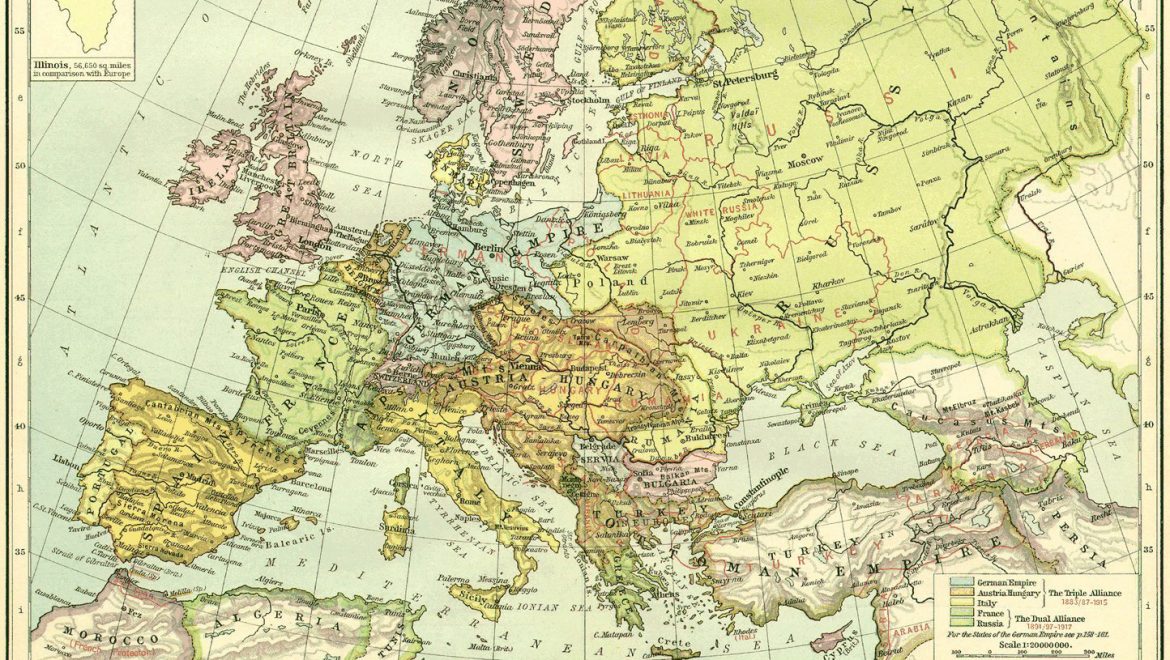
Revolution in the Margins, 1917-2017
“Revolution in the Margins, 1917-2017: Graduate Student Conference on Modern and Contemporary Art from Eastern, Central, and South Eastern Europe”
Co-organized by students at The Graduate Center, CUNY and Harvard University
Description
By pioneering a radical form of political governance and redefining the meaning and function of art, the 1917 Russian Revolution marked a critical turn in the political, social, and cultural history of not only Russia, but also the continent more broadly. This conference proposes the centennial of the 1917 Russian Revolution, with its both cultural and historiographical aftershocks in the region, as an opportunity to re-examine the last century of artistic production in the countries of Eastern, Central, and Southeastern Europe. While acknowledging the significant role of the Soviet Union as both a political superpower and an arbiter of cultural policy in the region, a central aim of this conference is to nuance the picture of art in the region by “provincializing” Russia and challenging the common perception that Eastern European art can be entirely equated with Soviet politics and aesthetics. Instead, this conference will highlight the ways in which modern and contemporary artists from these countries—East Germany, the former Czechoslovakia, Poland, Ukraine, Belarus, Latvia, Lithuania, Estonia, Bulgaria, Hungary, former Yugoslavia, Romania, Moldova, and Albania—negotiated their positions within the broader cultural networks of the region.
Among the questions this symposium hopes to address are the cultural and political relationships between East and West, questions of national identity in relation to international avant-gardes, the formation and cultural influence of the politics of the interwar period, as well as artistic collaborations before and after the fall of the Berlin Wall. Foregrounding the relationship between conceptions of internationalism (emphasizing the collaboration in Soviet-aligned countries post-World War II), transnationalism (which transcends national boundaries and is characterized by greater cultural mobility and exchange resulting from independence), as well as national identity within a region in which borders, citizenship, and political allegiances have continually shifted, this conference hopes to disrupt traditional narratives of artistic production in these countries, which have long looked at specific states and artists in isolation or exclusively in relation to the socio-cultural and socio-political context of the Soviet Union.

